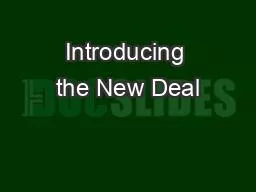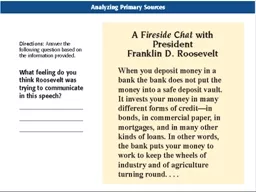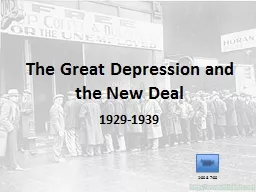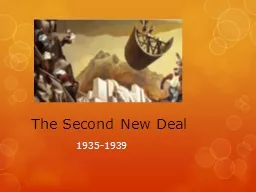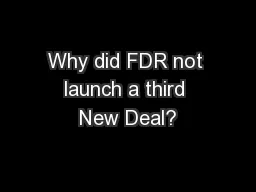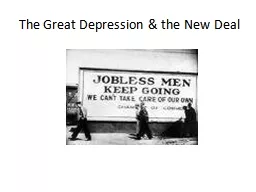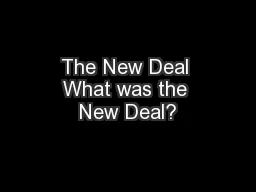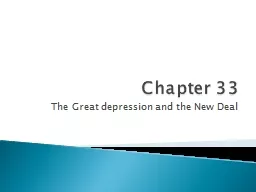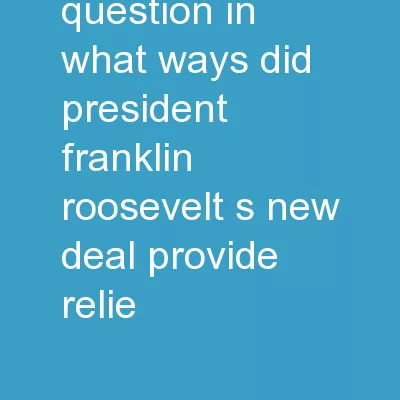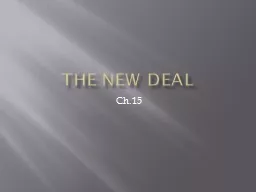PPT-Introducing the New Deal
Author : popsmolecules | Published Date : 2020-08-28
for engagement in fragile states Wani Buyu Dyori Undersecretary for Economic Planning Ministry of Finance and Economic Planning Overview of Presentation This fragility
Presentation Embed Code
Download Presentation
Download Presentation The PPT/PDF document "Introducing the New Deal" is the property of its rightful owner. Permission is granted to download and print the materials on this website for personal, non-commercial use only, and to display it on your personal computer provided you do not modify the materials and that you retain all copyright notices contained in the materials. By downloading content from our website, you accept the terms of this agreement.
Introducing the New Deal: Transcript
Download Rules Of Document
"Introducing the New Deal"The content belongs to its owner. You may download and print it for personal use, without modification, and keep all copyright notices. By downloading, you agree to these terms.
Related Documents

